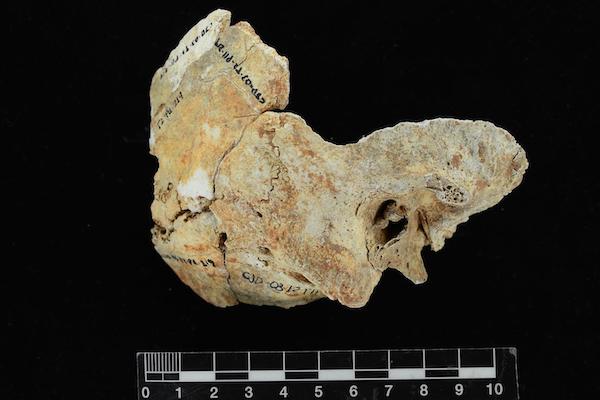Were there ancient divers in Panama?

After the examination of an ancient skull from a Pre-Columbian burial ground, bioarchaeologists believe Panama’s Pacific coast may have been home to a group of ancient male divers.
Nicole Smith-Guzmán, bioarchaeologist at the Smithsonian Tropical Research Institute (STRI), was examining a male skull when she made the discovery of what looked to be an example of surfers’ ear. The distinction of a small, bony bump in the ear canal is something commonly found among surfers, kayakers and free divers.
After further examination of over 100 skulls from the burial ground, more discoveries of surfers’ ear were made mostly in male skulls but also in one female. After several skulls exhibited the same bony bump a conclusion was made that the skulls likely belonged to a group of male divers. One reason they might have been diving at the time would have been to look for pearls to make jewelry.
While there is no firm explanation as to why the growth, called exostoses, forms on the ear canal it’s believed that it is due to cold temperatures that cause the bone to react by growing additional layers. While the tropical waters off the Pacific coast of Panama are generally warm, water temps plummet between January and April due to trade winds that force warm surface water our to sea, replacing the temperate water with colder deeper water from the bottom. The event often referred to as upwelling brings nutrient-rich water to the surface feeding fish and whales. The annual event could explain why these ancient divers would have exhibited exostoses despite diving only in typically warm tropical water.
Smith-Guzmán explained that "mother-of-pearl ornaments were common in burials and comprised an important trade item in the region." It was an industry that was encourages by the Spaniards making Panama known for it’s pirates and pearls.
In order to make their conclusion the team also had to rule out fungal or bacterial ear infections which were common in the tropics and can be the cause of deformed bone structures. One indication that an infection was not the cause was that the skulls affected were from males, and infections would have likely occurred in both male and females.
